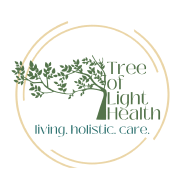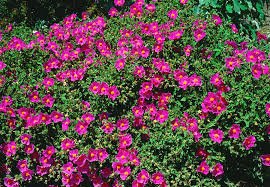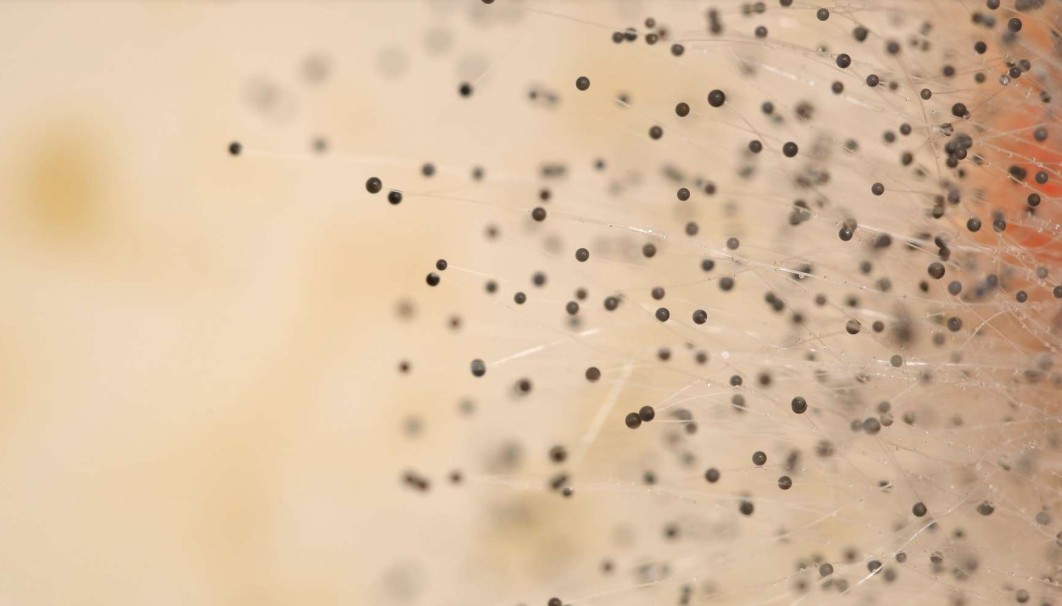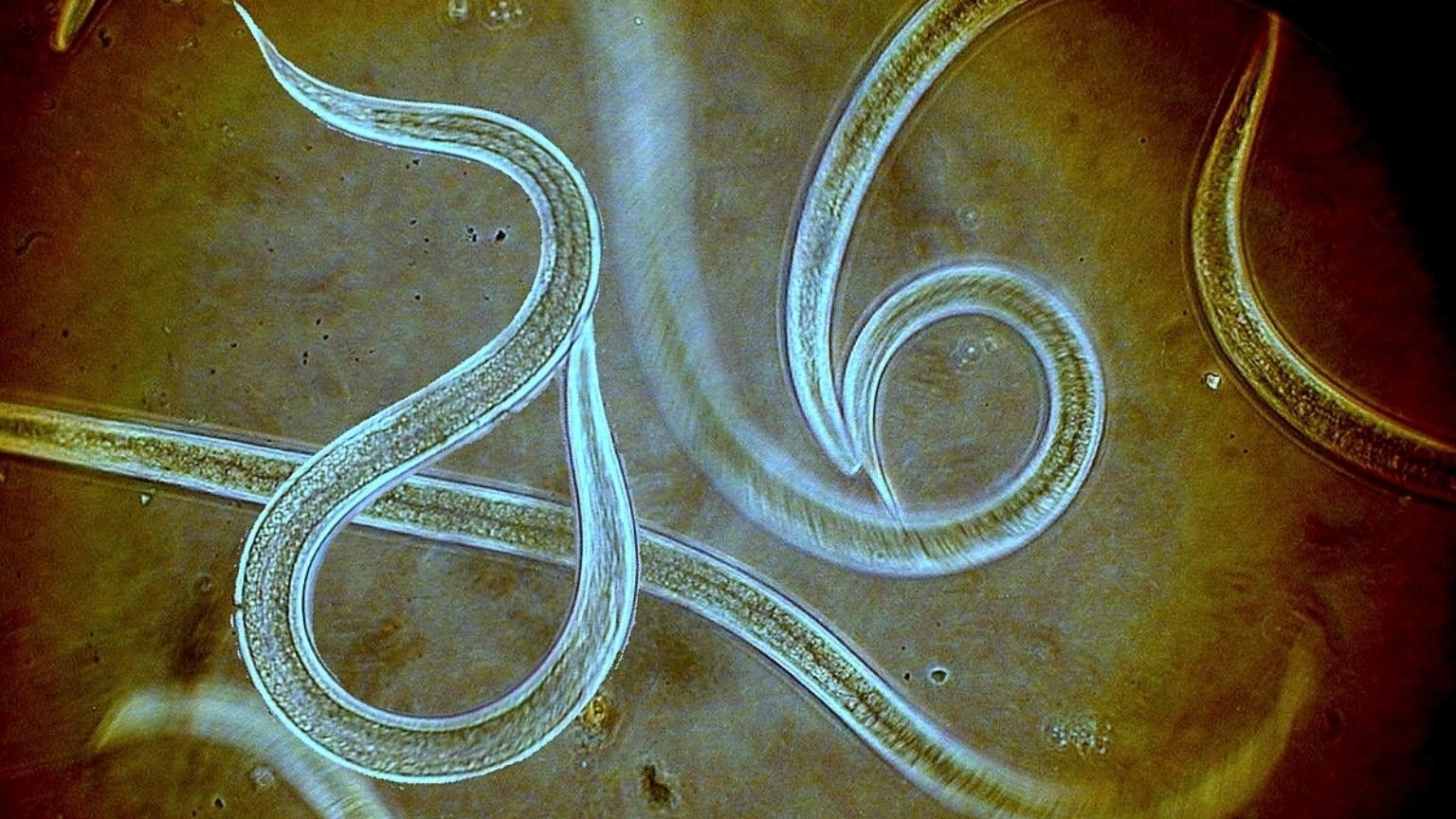Cistus Incanus, aka, Mediterranean rock rose, has been a blessing for many who are dealing with chronic illness or who need extra defense from viruses. Found in Italy, Greece, and Turkey, it possesses potent anti-inflammatory and immune-modulating benefits. Dr. Klinghardt, MD PhD, has found this herb particularly helpful in silencing the retroviral activity, a possible common denominator in chronic illness. Retroviruses, which make up the common cold and even things like HIV, represent small pieces of messenger RNA that are able to make copies of themselves using the host DNA through a process of revere transcription. This is one of the reasons why the commonly called HIV is extremely difficult to treat… The retroviruses evade the host immune system and use its own machinery to make copies of itself. Interestingly, approximately 8% human genome is made up of infectious retroviruses–most likely DNA fragments of old viruses leftover from human evolution. Since the dawn of man, these retroviruses have been relatively dormant. However, in the past 20 to 30 years, there have been many unnatural insults to our immune system- from our diets, antibiotics, toxic chemicals such as glyphosate, heavy metals, WIFI and electrosmog, and many other stressors have contributed to the reactivation of these retroviruses. While measuring retroviral activities is extremely difficult, retroviral activity can be detected using the Autonomic Response Technique (ART). One of the biggest discoveries that Dr. Klinghardt has had over the past several years, has been that there is a relationship between this retroviral activity, environmental toxicity, and chronic illnesses such as Lyme disease. Cistus Incanus, rich in polyphenolic compounds, as well as catechins, gallic acid, rutin, and other beneficial bioactive compounds, has the ability to not only reduce and silence retroviral activity but to treat previously difficult conditions such as Lyme disease. In essence, when the retroviral activity is properly tamed with the use of Cistus and other potent herbals, the activity of Lyme disease is also reduced. In this way, it is a potent immune modulator. Cistus is also an important agent to intelligently disrupt biofilm, the coating of cellular material that many viruses and bacteria live under. Another benefit is that it is easy on the gastric mucosa, while at the same time helping to reduce the bad bacteria and yeast living in the GI tract. We have found that not all types of Cistus are the same. For example, you can’t just buy it here in the United States, it has to be specially sourced from Sardinia. It must be brewed in a special way and sweetened with a special form of Stevia to reach its maximal potential. For more on the benefits of this herb, please see the video below.
-
Endogenous retroviruses in the human genome sequence https://www.ncbi.nlm.nih.gov/pmc/articles/PMC138943/
-
Hiba Hani Mihammed Ali Al-Sheikh Hamed. Quality control of Cistus incanus containing pharmaceutical preparations. (A thesis Submitted in Partial Fulfillment of the Requirements for the Degree of Master of Science at Petra University, Faculty of Pharmacy, Amman- Jordan, December 2009).
-
Attaguile G, Russo A, Campisi A, Savoca F, Acquaviva R, Ragusa N and Vanella A. Antioxidant activity and protective effect on DNA cleavage of extracts from Cistus incanus L. and Cistus monspeliensis L. Cell Biology and Toxicology. Volume 16, Number 2, 2000; 83-90.
-
Yesilada E, Honda G, Sezik E, Tabata M, Fujita T, Tanaka T, Takeda Y, Takaishi Y. Traditional medicine in Turkey. V. Folk medicine in the inner Taurus Mountains. Journal of Ethnopharmacology 46 (1995) 133-152.
-
Küpeli E, Yesilada E. Flavonoids with anti-inflammatory and antinociceptive activity from Cistus laurifolius L. leaves through bioassay-guided procedures. Journal of Ethnopharmacology (2007) Volume: 112, Issue: 3, Pages: 524-530.
-
Lendeckel U, Arndt M, Wolke C, Reinhold D, Kähne T, Ansorge S. Inhibition of human leukocyte function, alanyl aminopeptidase (APN, CD13) and dipeptidylpeptidase IV (DP IV, CD26) enzymatic activities by aqueous extracts of Cistus incanus L. ssp. incanus. Journal of Ethnopharmacology (2002) Feb;79(2):221-7.
-
Attaguile G, Caruso A, Pennisi G, Savoca F. Gastroprotective effect of aqueous extract of Cistus incanus L. in rats. Pharmacol Res. 1995 Jan;31(1):29-32.
-
Attaguile G, Perticone G, Mania G, Savoca F, Pennisi G, Salomone S. Cistus incanus and Cistus monspeliensis inhibit the contractile response in isolated rat smooth muscle. Journal of Ethnopharmacology. Volume 92, Issues 2–3, June 2004, Pages 245–250.
-
Kalus U, Kiesewetter H, Radtke H. Effect of CYSTUS052 and green tea on subjective symptoms in patients with infection of the upper respiratory tract. Phytother Res. 2010 Jan;24(1):96-100.
-
Karoline Droebner, Christina Ehrhardt, Anne Poetter, Stephan Ludwig, Oliver Planz. CYSTUS052, a polyphenol-rich plant extract, exerts anti-influenza virus activity in mice. Antiviral Res. 2007 Oct;76(1):1-10.
-
Hannig C, Spitzmüller B, Al-Ahmad A, Hannig M. Effects of Cistus-tea on bacterial colonization and enzyme activities of the in situ pellicle. Journal of Dentistry. Volume 36, Issue 7, July 2008, Pages 540–545.
-
Bedoya LM, Bermejo P, Abad M J. Anti-Infectious Activity in the Cistaceae Family in the Iberian Peninsula. Mini Reviews in Medicinal Chemistry. Bentham Science Publishers. Volume 9, Number 5, May 2009, pp. 519-525(7).
-
Bouamama H, Villard J, Benharref A, Jana M. Antibacterial and antifungal activities of Cistus incanus and C. monspeliensis leaf extracts. Therapie. 1999 Nov-Dec;54(6):731-3.
-
Christina Erhardt, Eike Hrincius, Anne Poetter, Karoline Droebner, Oliver Planz, Stephan Ludwig. CYSTUS052, a Polyphenol Rich Plant Extract, Exerts Potent Antiviral Activity Against Influenza- and Rhinoviruses by Preventing Viral Attachment to Host Cells. Antiviral Research (2010). Volume: 86, Issue: 1, Pages: A33-A33.
-
Andreas Danne, Frank Petereit, Adolf NahrstedtPhytochemistry. Proanthocyanidins from Cistus incanus. The International Journal of Plant Biochemistry. Volume 34, Issue 4, November 1993, Pages 1129–1133.
-
Natale Alfredo Santagati, Loredana Salerno, Giuseppina Attaguile, Francesca Savoca and Giuseppe Ronsisvalle. Simultaneous Determination of Catechins, Rutin, and Gallic Acid in Cistus Species Extracts by HPLC with Diode Array Detection. J Chromatogr Sci (2008) 46 (2): 150-156.



